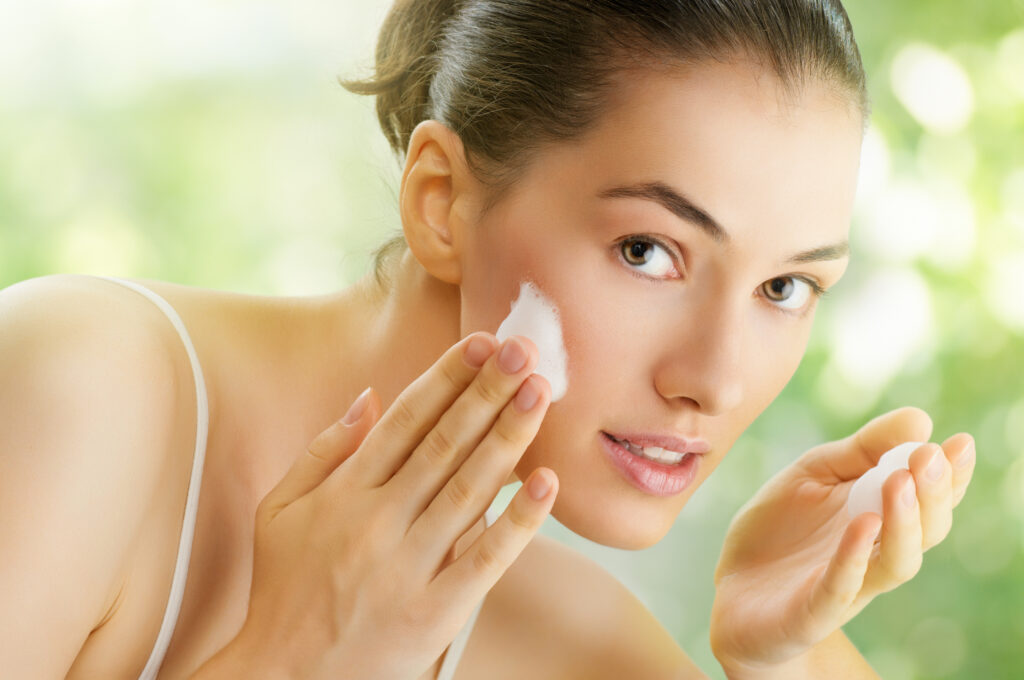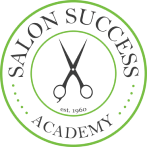April 16, 2014
The Guide to Knowing Your Skin Type

Do you know your skin type? Licensed estheticians agree that knowing your skin type is the key to getting glowing, beautiful skin. It will guide you on which products and treatments work best with your skin and which ones you’d be better off avoiding.
There are four main skin types – oily, dry, combination, and normal.
Because the skin’s thickness varies throughout the body, it’s possible for your skin type to be one type on your face and another type on other parts of your body. It’s also possible for your skin type to change periodically because of other factors, such as changing season or climate.
Which skin type do you have? Look at the checklist below to see the main characteristics of each major skin type so you can know for sure!
Oily Skin – If you have oily skin, your face will look and feel shiny. Here are some other telltale signs that you have oily skin:
- Large, visible pores
- Shiny T-zone (the t-shaped area that runs from your forehead down your nose to your mouth)
- Frequent acne and blackheads
Product Tips: Some of the products that claim to eliminate shine only make matters worse because they contain ingredients that actually trigger oil production. Licensed estheticians recommend using oil-free, water-based cleansers and moisturizers that won’t make the problem worse. It’s also a good idea to avoid scrubbing your face with harsh exfoliants that can irritate the skin.
Dry Skin – If you have dry skin, your skin will feel tight, rough, and flaky. Here are some other telltale signs that you have dry skin:
- Dull complexion
- Red patches
- Visible lines
- Itchy and irritated skin
Product Tips: You need a heavy-duty moisturizer that will hydrate your dry skin. Some moisturizers contain ingredients that disrupt the skin’s lipid barrier and make water evaporate from the skin more quickly. Licensed estheticians recommend using a moisturizer with more substance, such as an oil-based or petroleum-based cream.
Combination Skin – If you have combination skin, it will be dry in some areas of your face, and oily in other areas. The center part of your face (chin, nose, and forehead) tends to be oily and break out, while your eye area and cheeks are dry and flaky. You also fall into the combination category if your skin changes according to the climate or season.
Product Tips: To strike a balance with your skin, licensed estheticians recommend using different products on different parts of your face. You should use lightweight, oil-absorbing products on your T-zone, and lotions and creams on the drier parts of your face.
Normal Skin – If you have normal skin, your skin is smooth, radiant, and balanced (meaning not too dry and not too oily). You rarely suffer from breakouts and skincare products and cosmetics don’t irritate your skin easily.
Product Tips – If you’re lucky enough to have truly normal skin, you don’t need to do as much as people with the other skin types to maintain it! Licensed estheticians recommend cleansing your skin daily with mild cleanser and applying a lightweight moisturizer at night to retain your skin’s moisture.
If you’re passionate about skin care, why not make a career out of it? The U.S. Bureau of Labor Statistics predicts jobs for licensed estheticians to grow the most out of all the careers in the beauty industry! You can see more important esthetician career statistics in this Esthetician Salary Guide Infographic.
The esthetician program at Salon Success Academy includes hands-on training on the latest skin care treatments being used in high-end spas across the country. The school has five convenient locations throughout the Inland Empire of California and offers financial aid assistance to those who qualify. Fill out the form or call 877-987-HAIR to learn more about the esthetician program today!

Leave a Reply